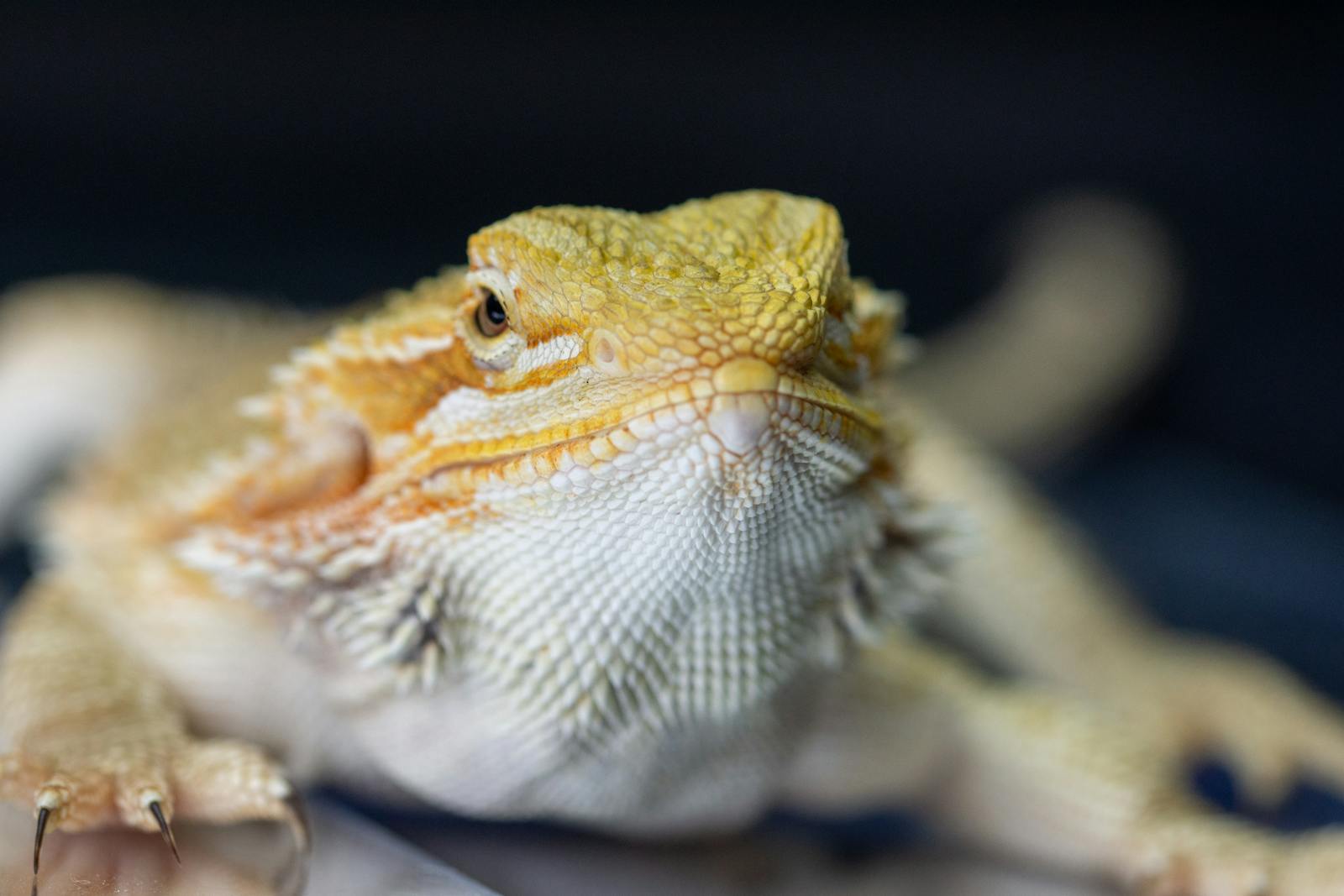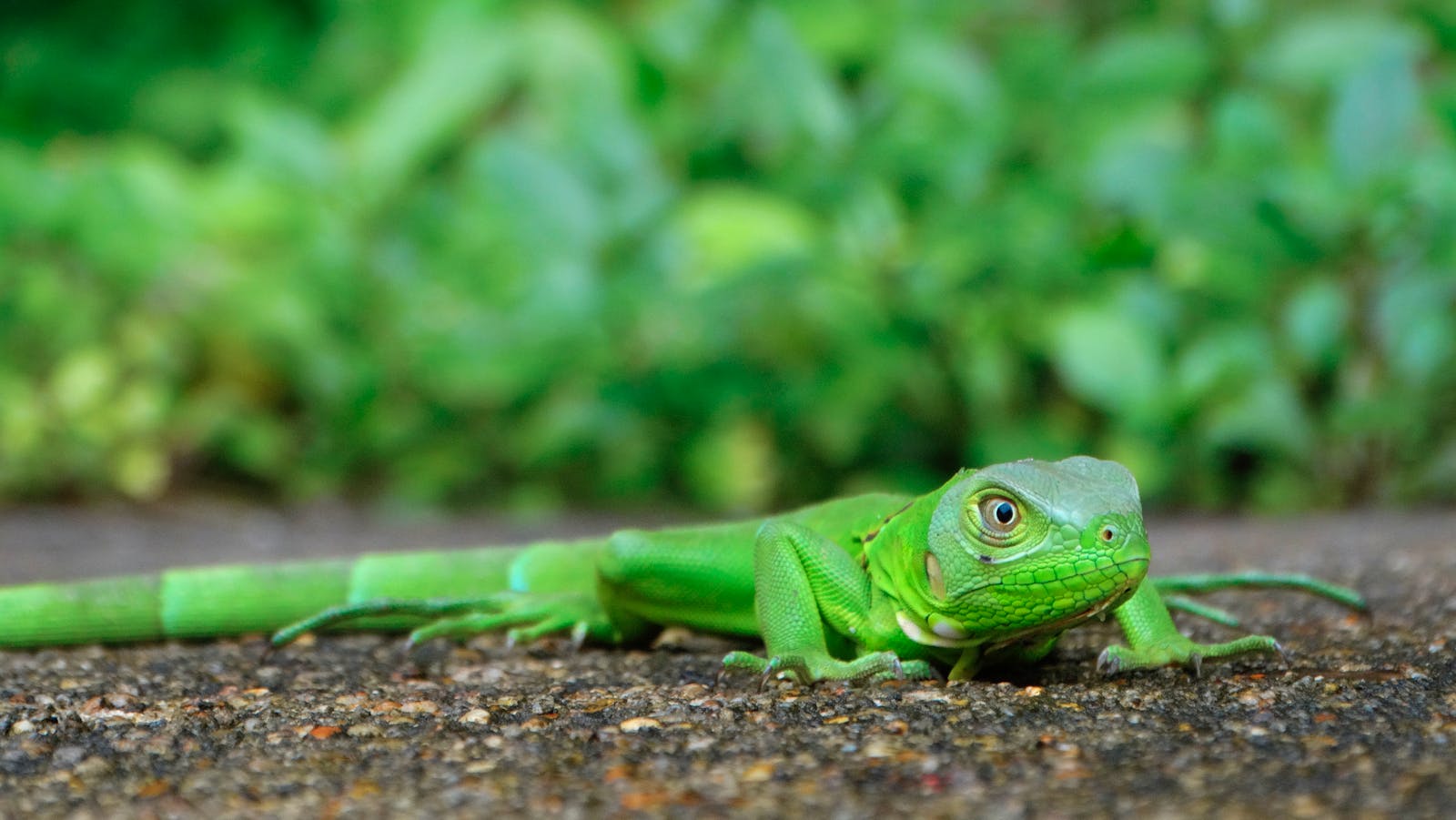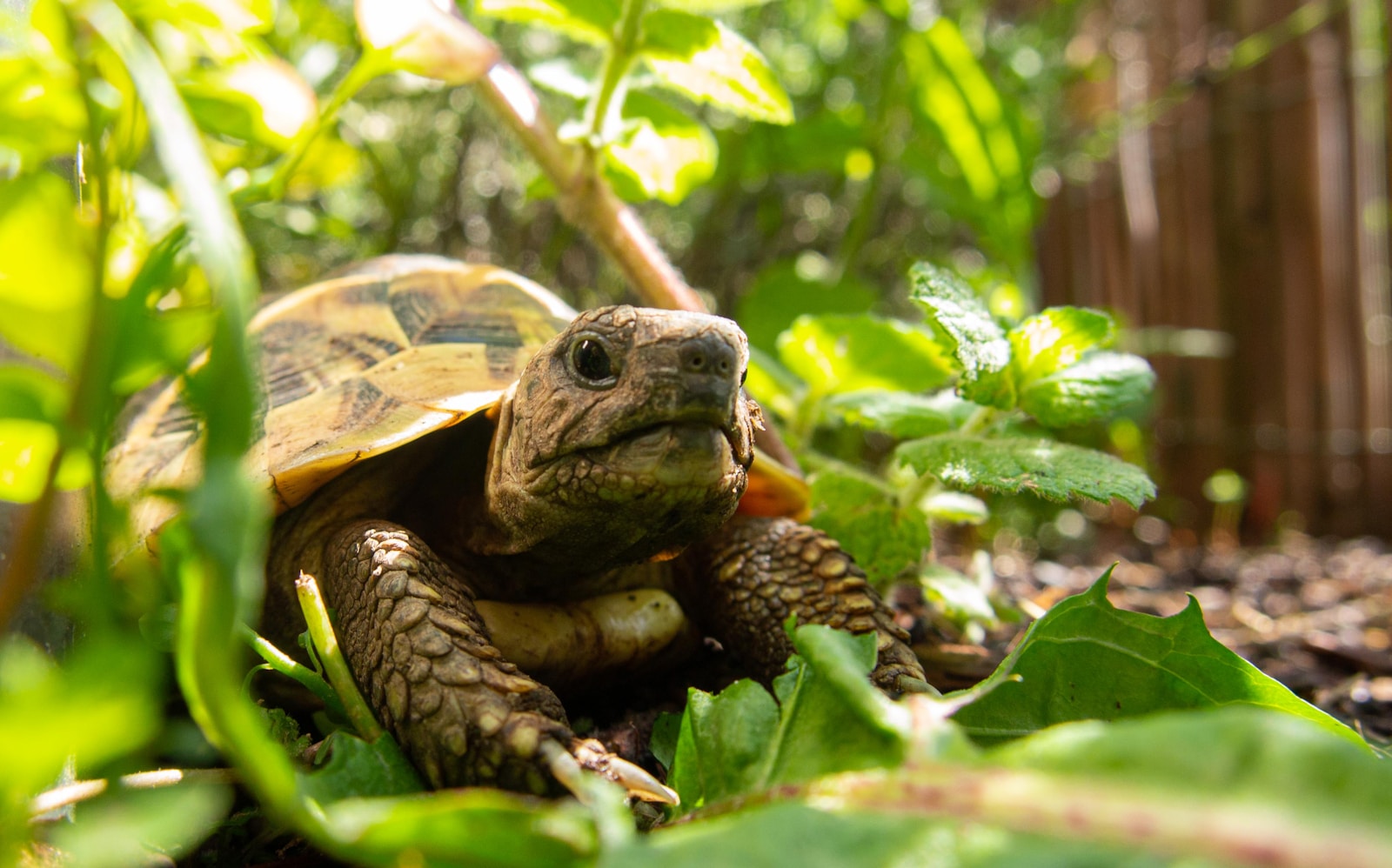Lizards, as fascinating and prehistoric-looking as they are, don’t communicate stress in ways that are immediately obvious to us as mammal owners. Unlike dogs who might whine or cats who might hide, lizards display stress through subtle behavioral and physical changes that require careful observation to detect. Being able to recognize these signs is crucial for any reptile owner because chronic stress can seriously impact your lizard’s health, immune function, and overall lifespan. Reptiles are masters at hiding illness until it becomes severe, making early stress detection particularly important. This comprehensive guide will help you identify the warning signs of stress in your scaly companion and understand what actions you can take to create a more comfortable environment for them.
Understanding Why Lizard Stress Matters
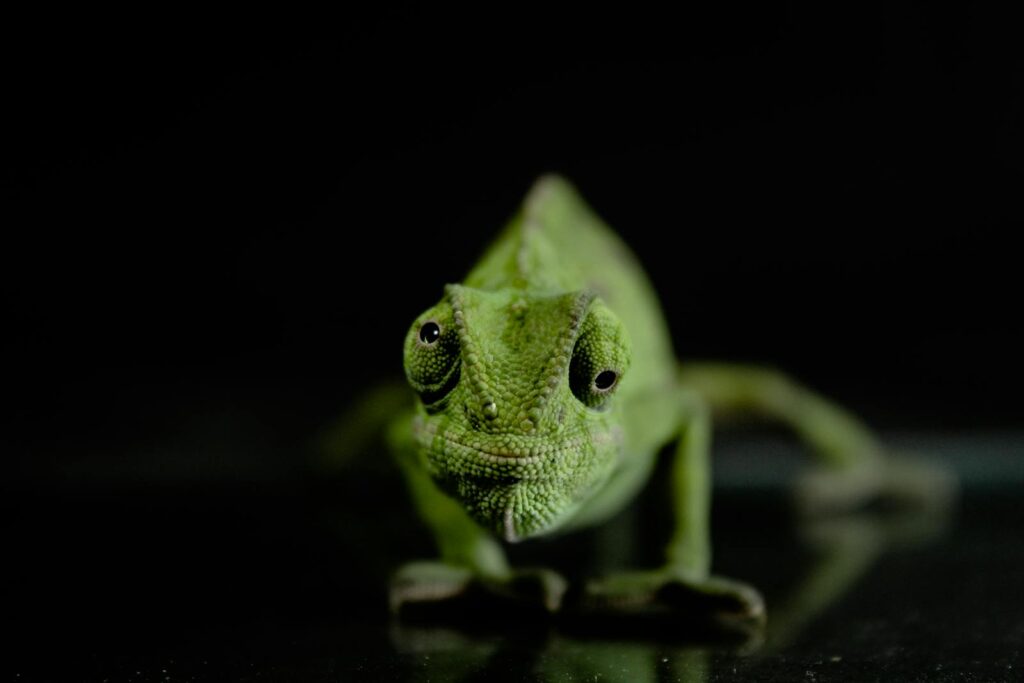
Reptiles experience stress just like any other animal, but their responses are often subtle and easily missed by inexperienced owners. When stressed, a lizard’s body releases cortisol and other stress hormones that, over time, can suppress immune function and lead to serious health complications. Chronic stress can make your pet more susceptible to parasitic infections, respiratory diseases, and digestive issues that might otherwise be fought off by a healthy immune system. Additionally, stressed lizards often stop eating properly, lose weight, and may become more susceptible to metabolic bone disease due to poor nutrition. Recognizing stress early can literally be the difference between life and death for your reptilian companion.
Changes in Body Posture and Positioning
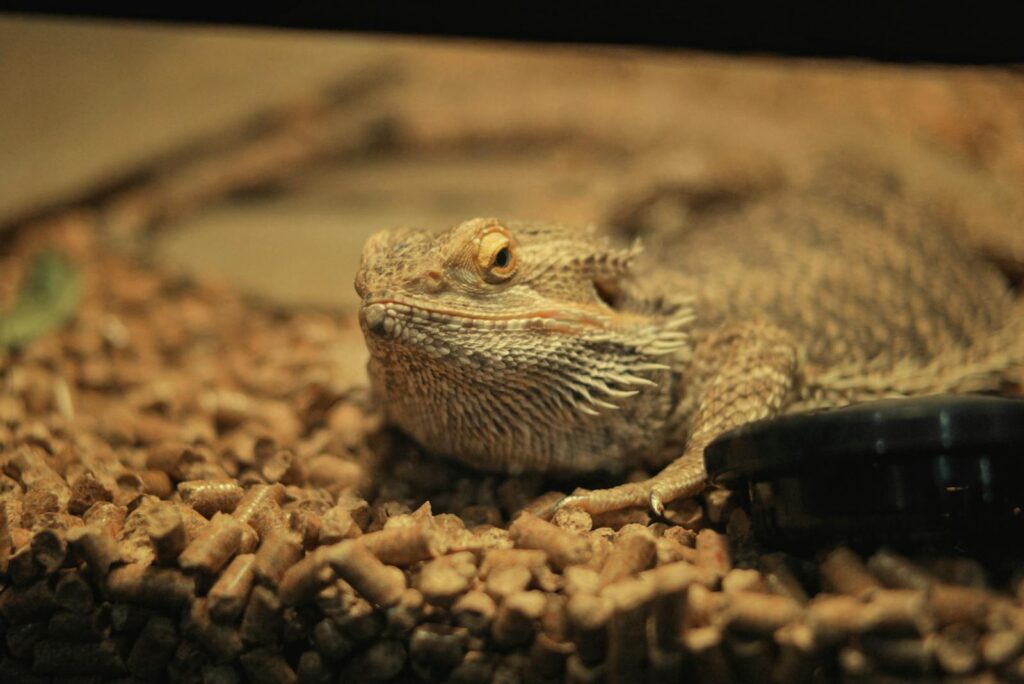
A stressed lizard’s body language speaks volumes about their emotional state. One of the most common indicators is a flattened body posture, where your lizard presses itself against the bottom of the enclosure, possibly trying to appear smaller or less noticeable. Some species may do the opposite and puff themselves up, extending their dewlap or frills in a defensive posture even when no threat is present. You might also notice your lizard spending excessive time in hiding spots or pressed into corners of the enclosure rather than basking in their usual spots. Bearded dragons, for instance, may darken their beards or bodies when under stress, while chameleons might display unusually dull or darkened coloration compared to their normal vibrant hues.
Abnormal Basking Behaviors
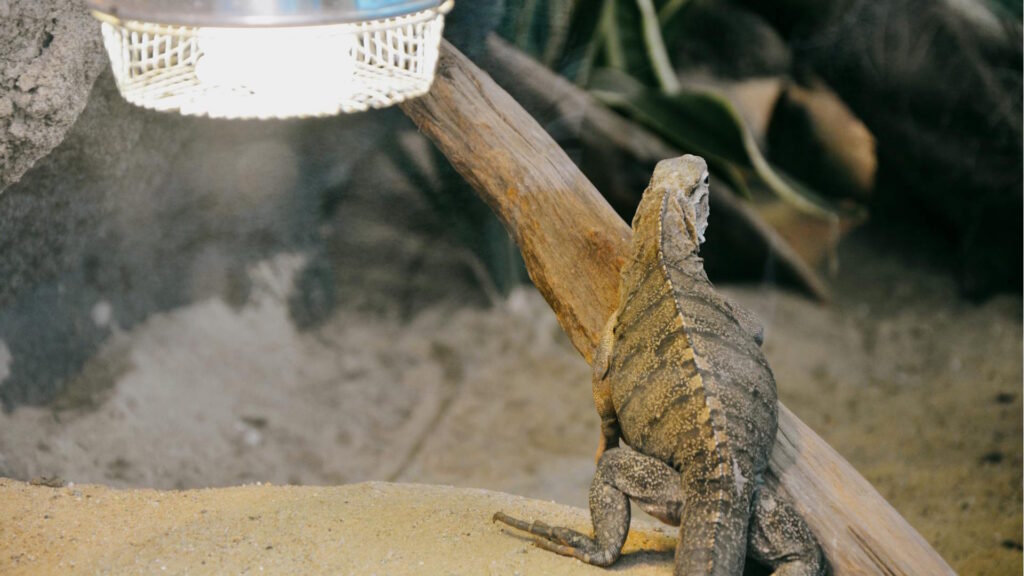
Lizards are ectothermic creatures that rely on external heat sources to regulate their body temperature, making their basking habits important indicators of health and stress levels. A stressed lizard may suddenly avoid its basking spot altogether, even when the temperature in other parts of the enclosure is too cool for proper digestion and metabolism. Conversely, some lizards may overheat themselves by spending too much time under heat lamps when stressed, possibly trying to “burn off” infections or responding to an internal sense that something is wrong. You might also notice erratic movements between basking and cool areas rather than the usual deliberate temperature regulation behaviors. Any significant change from your pet’s established basking routine warrants further investigation as it often signals distress.
Appetite Loss and Feeding Changes
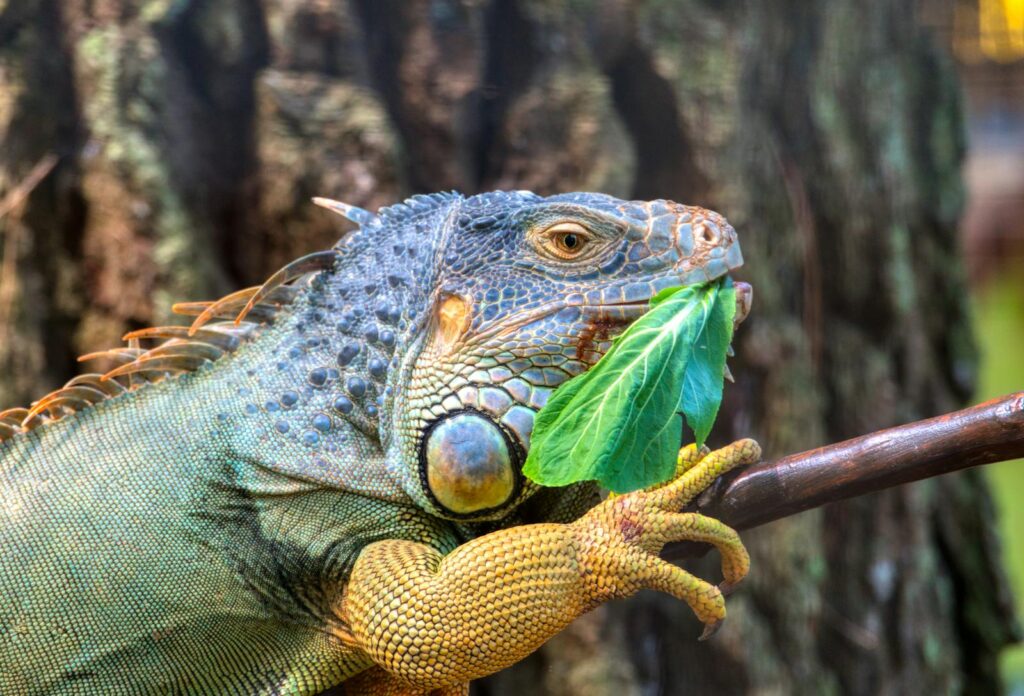
One of the most reliable indicators of stress in lizards is a sudden change in appetite or feeding behavior. A previously enthusiastic eater who now shows little interest in food, or who takes food but then spits it out, is likely experiencing significant stress. Some lizards may continue eating but in noticeably smaller quantities than usual, which can lead to weight loss over time. It’s important to distinguish between seasonal appetite fluctuations, which are normal for many species, and stress-induced appetite loss that occurs without relation to breeding seasons or brumation periods. Keep detailed feeding records so you can quickly identify when your lizard’s eating habits change, as prolonged appetite issues can lead to nutritional deficiencies and serious health complications if not addressed.
Unusual Defecation Patterns
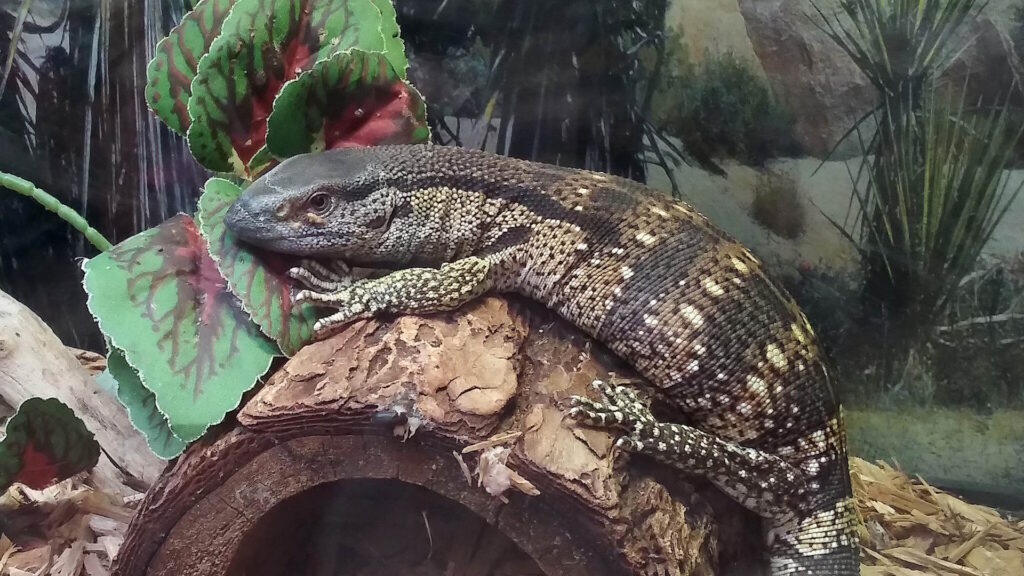
A stressed lizard’s digestive system often reveals problems through changes in defecation patterns and stool quality. Diarrhea or unusually watery stools can indicate stress-related digestive disruption, as the digestive tract speeds up when the body is in “fight or flight” mode. Conversely, constipation might occur if your lizard is too stressed to maintain normal bodily functions, or if they’ve stopped eating enough to produce regular waste. You might also notice changes in the color, consistency, or odor of your pet’s feces, which can indicate both stress and potential secondary infections that have developed due to lowered immunity. Regular spot-cleaning of your lizard’s enclosure not only maintains hygiene but also allows you to monitor these important health indicators that might otherwise go unnoticed.
Increased Aggression or Fear Responses

A normally docile lizard that suddenly displays aggressive behaviors like tail whipping, biting, hissing, or inflating its body is likely communicating significant stress or fear. These defensive mechanisms are triggered when your pet feels threatened and unable to escape the perceived danger. On the other end of the spectrum, a typically active and curious lizard that becomes withdrawn, flinches at handling attempts, or dashes away to hide at the slightest movement might be exhibiting fear-based stress responses. Some species like bearded dragons might “wave” their arms excessively when stressed, a submission gesture indicating they don’t want confrontation. Behavioral changes should always be taken seriously, especially when they represent a dramatic departure from your lizard’s established personality and interaction patterns.
Glass Surfing and Escape Behaviors
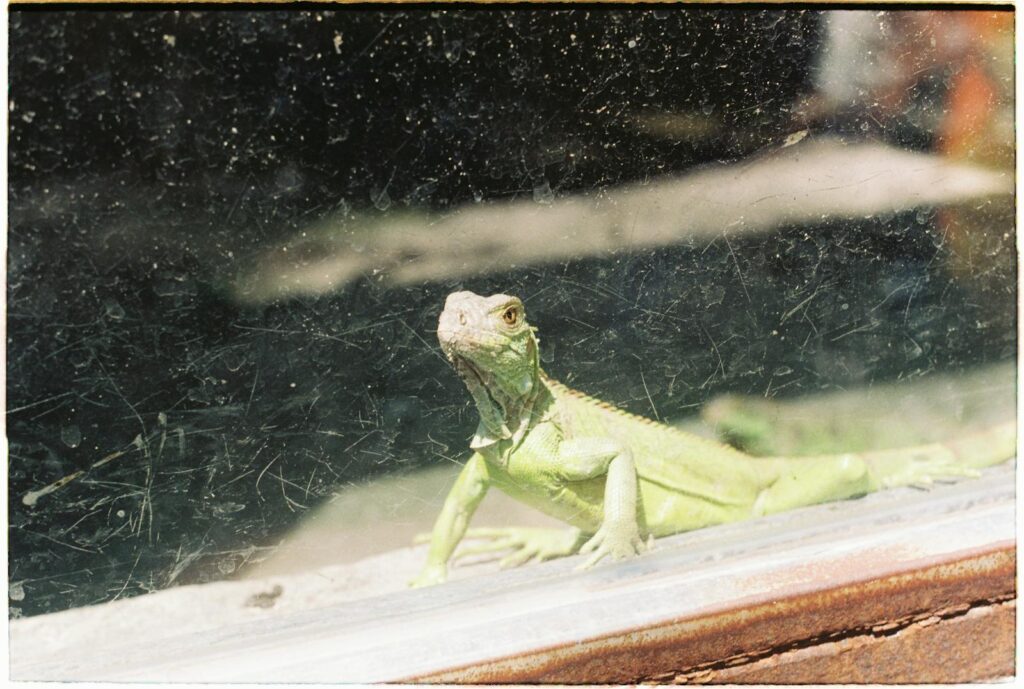
One particularly visible sign of stress in captive lizards is repetitive glass surfing, where the animal repeatedly climbs or scratches at the walls of its enclosure. This behavior indicates that your lizard is trying to escape its environment, suggesting something about the habitat is causing discomfort or stress. The lizard might be too hot, too cold, feeling exposed to perceived predators, or simply housed in too small an enclosure for its size and activity needs. Some stressed lizards may also dig frantically at substrate or repeatedly try to push against sealed doors or lids, sometimes to the point of rostral damage (injured snouts) from persistent pushing. These behaviors represent a significant welfare concern and should prompt immediate evaluation of all habitat parameters to identify the underlying cause.
Abnormal Sleep Patterns
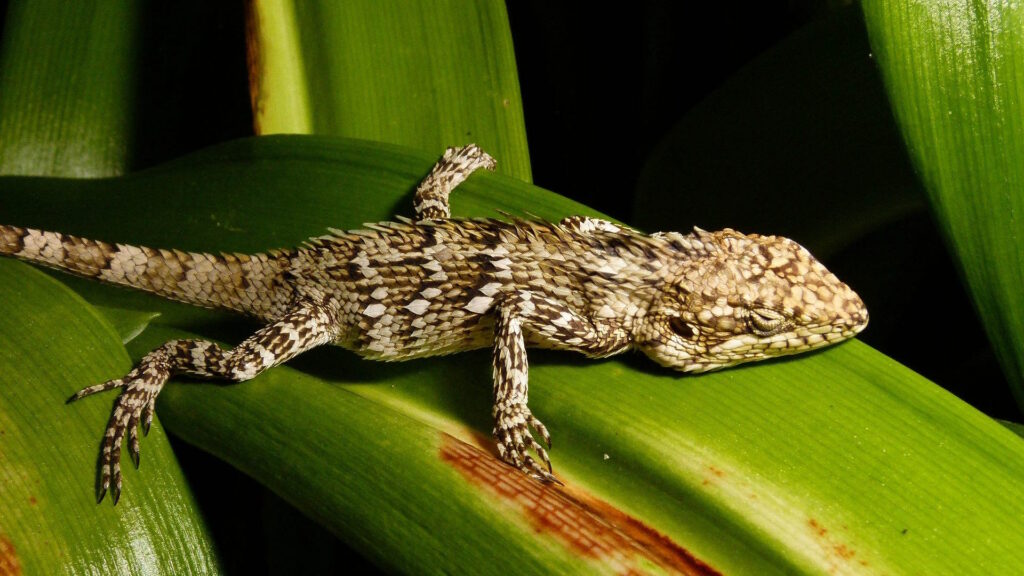
Disrupted sleep patterns can be both a symptom and cause of stress in reptiles. A lizard that seems restless during normal sleeping hours, repeatedly changes sleeping locations, or sleeps in unusual positions or locations may be experiencing stress that prevents proper rest. Some stressed lizards sleep with their eyes partially open, a sign they don’t feel secure enough for deep sleep in their environment. Others might become active during what should be their inactive period—nocturnal species active during daytime or diurnal species active at night. Sleep disruption creates a negative cycle, as lack of proper rest further compromises the immune system and can lead to additional health problems. Creating secure hiding spots and maintaining proper day/night lighting cycles can help address sleep-related stress issues.
Physical Appearance Changes
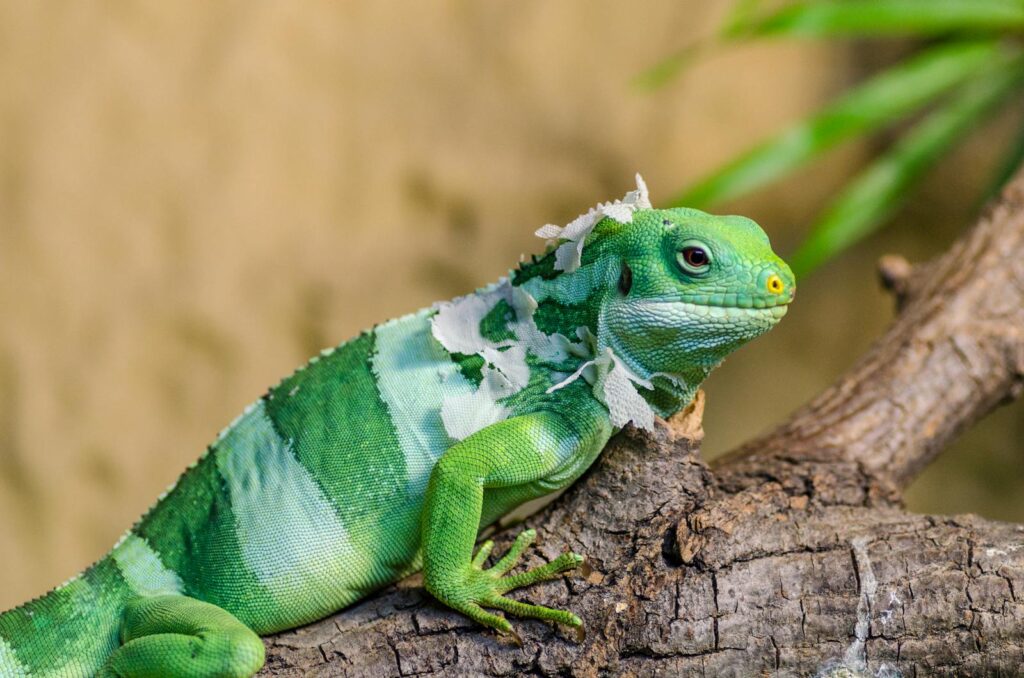
Stress often manifests in visible changes to your lizard’s physical appearance beyond just posture and positioning. You might notice duller coloration, as many species lose vibrancy when chronically stressed or ill. Some lizards may develop darkened patches on their skin or display stress marks—distinctive patterns or coloration changes that appear during periods of discomfort. Weight loss can become apparent, with bones becoming more prominent and skin appearing loose or wrinkled as fat stores diminish. Many stressed lizards also shed improperly, resulting in patches of retained skin that don’t come off during a normal shedding cycle. In severe cases, stress can even lead to physical manifestations like sunken eyes due to dehydration or swollen limbs from metabolic issues related to poor eating and compromised immunity.
Excessive Scratching or Rubbing

A lizard that frequently scratches itself, rubs against decor items, or shows unusual skin-directed behaviors may be experiencing stress-related skin issues or parasite problems. Stressed reptiles often experience suppressed immune function that can lead to flare-ups of normally controlled mite populations or bacterial skin infections. You might notice your pet repeatedly rubbing certain body parts against surfaces or using decor items to scratch areas they can’t reach with their limbs. Some lizards may also twitch or shake their bodies frequently as if something is irritating their skin. These behaviors warrant close inspection of your lizard’s skin for redness, inflammation, or visible parasites, as addressing the underlying issue will be necessary to alleviate both the physical irritation and the stress it causes.
Reproductive Stress Indicators
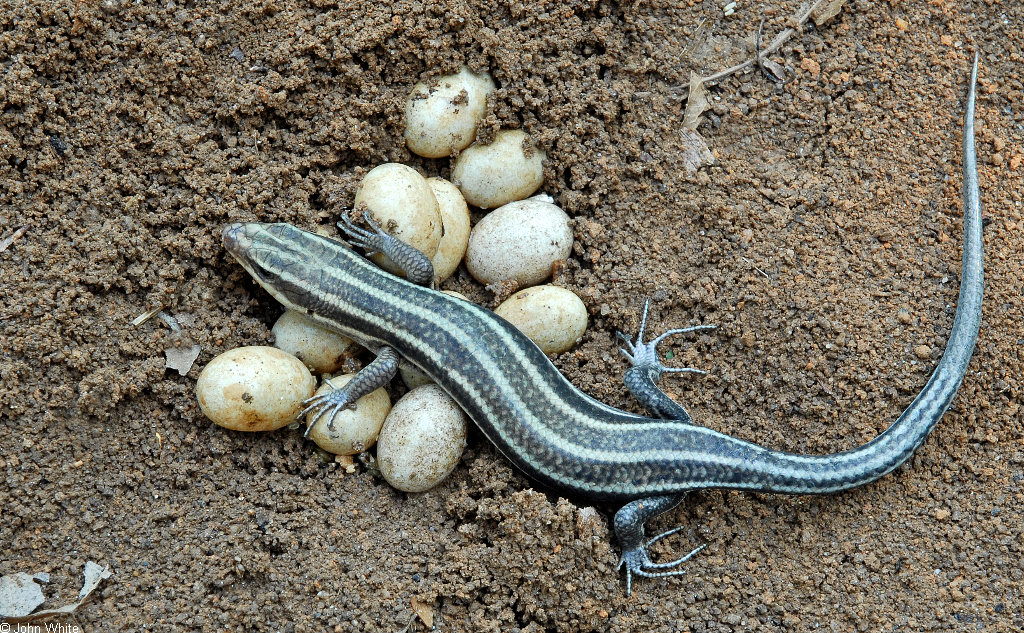
Breeding season can be particularly stressful for lizards, especially females, and comes with its own set of stress indicators. Female lizards may dig frantically even without suitable egg-laying sites if they’re gravid (carrying eggs) and feeling stressed about their environment. Males of many species might display excessive territorial behaviors, head bobbing, or aggression during breeding seasons if they feel insecure in their environment or if housed with competing males. Egg binding (dystocia) is a serious and potentially fatal condition often triggered by stress, poor nutrition, or inadequate laying environments in female lizards. Signs include lethargy, straining, partial egg protrusion, or unusual swelling in the abdominal region. Breeding-related stress requires specialized care considerations, including separation of aggressive individuals and proper egg-laying accommodations for females.
Respiratory Changes and Mouth Breathing
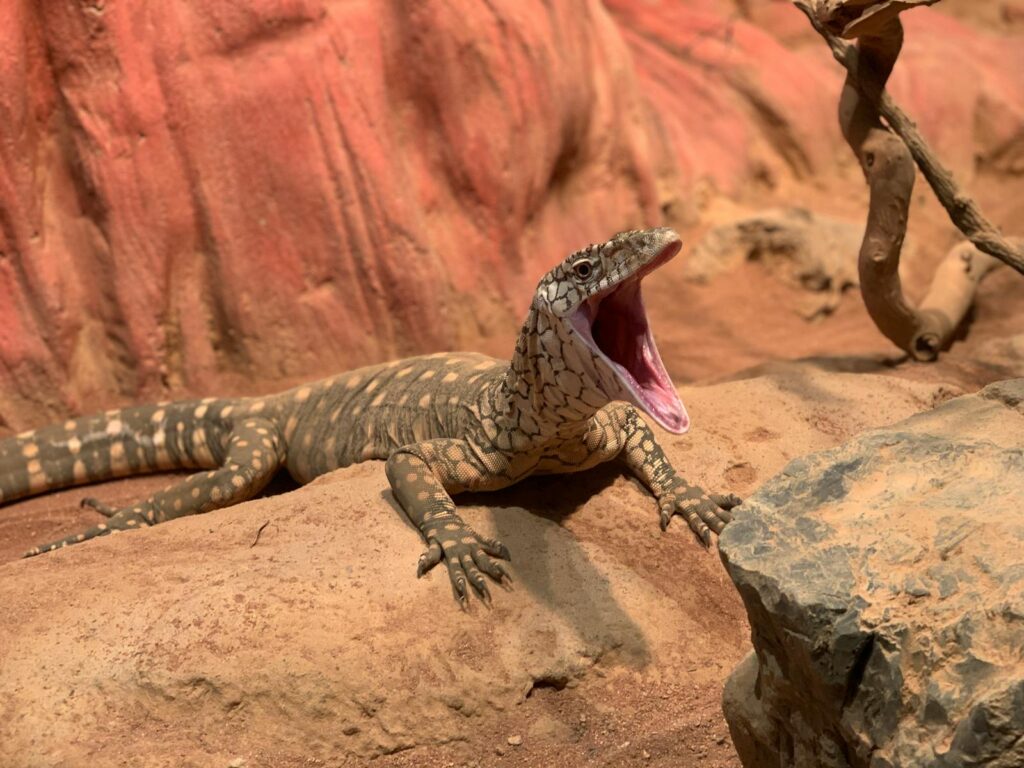
Stress can compromise your lizard’s respiratory system, leading to visible breathing difficulties that require immediate attention. A stressed lizard might breathe with its mouth open (gaping) even when not thermoregulating, or you might notice wheezing, clicking sounds, or bubbles around the nostrils and mouth. These symptoms can indicate respiratory infections that often develop when stress suppresses the immune system. Some lizards elevate their bodies and extend their necks when breathing becomes difficult, trying to open their airways more effectively. Respiratory issues represent one of the most serious consequences of chronic stress in reptiles and can progress to pneumonia if not addressed promptly. Environmental factors like improper humidity levels or temperatures often contribute to both stress and subsequent respiratory problems.
Common Environmental Stressors to Address
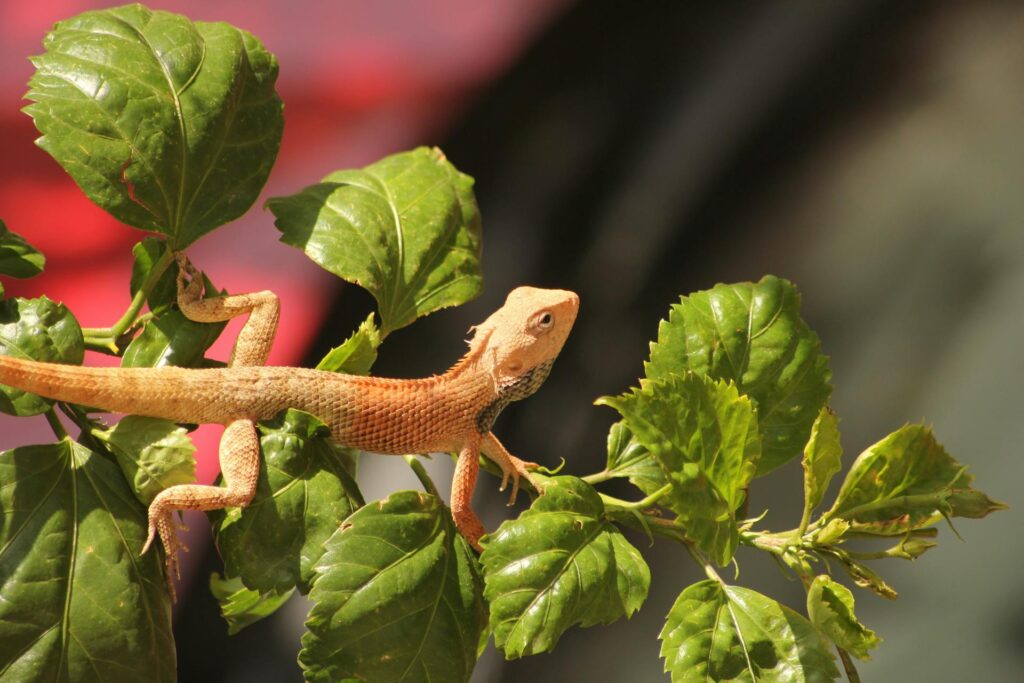
Understanding the most common causes of stress in captive lizards can help you create a more comfortable environment for your pet. Inappropriate temperatures—either too hot or too cold—are perhaps the most common stressor, as lizards require precise temperature gradients to properly thermoregulate and digest food. Incorrect humidity levels can cause respiratory issues in desert species when too high, or dehydration and shedding problems in tropical species when too low. Enclosures that are too small prevent natural behaviors and exercise, while those lacking adequate hiding spots leave lizards feeling exposed and vulnerable. Many lizards also experience stress from excessive handling, loud noises, bright lights, or the presence of household pets they perceive as predators. Regular habitat assessment and adjustment based on species-specific needs can prevent many common stress triggers.
When to Seek Veterinary Care
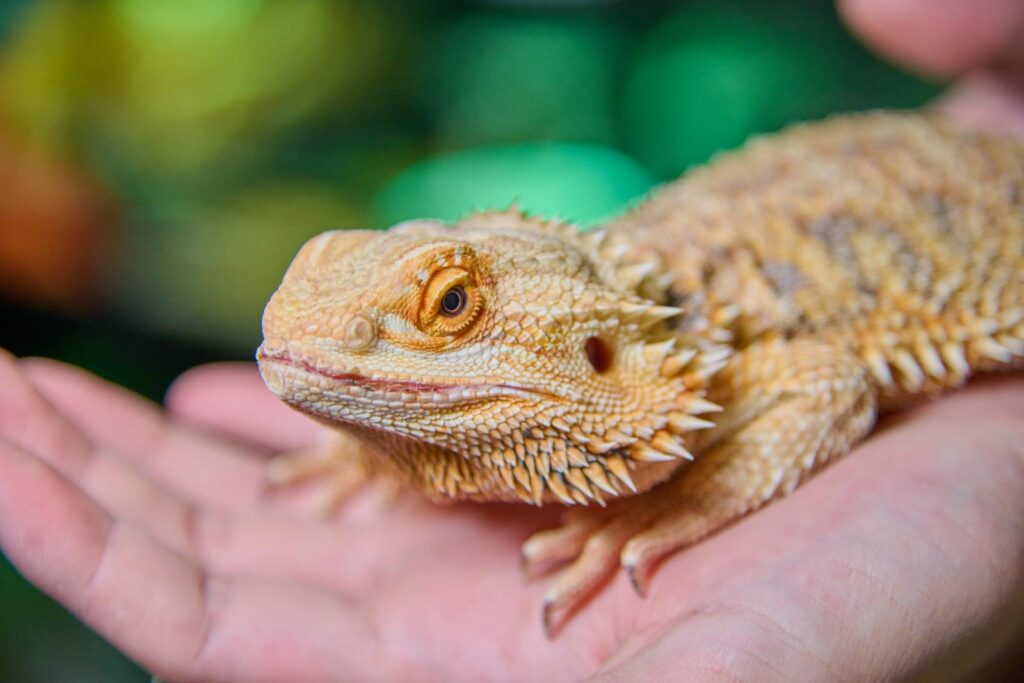
While many stress issues can be resolved through environmental adjustments, certain signs warrant immediate professional veterinary attention. Any significant weight loss, complete refusal to eat for multiple days (species-dependent), respiratory distress, or abnormal droppings containing blood or unusual colors should trigger a vet visit. Neurological symptoms like tremors, head tilt, circling, or seizures are serious and could indicate advanced stress-related disease or toxicity issues requiring urgent care. Physical injuries that might have occurred during stress-induced escape attempts or glass surfing should also be professionally evaluated, particularly if there are open wounds or potential broken bones. Remember that reptiles hide illness remarkably well; by the time symptoms are obvious to owners, the condition has often been developing for some time, making prompt veterinary assessment crucial for positive outcomes.
Creating a Stress-Free Environment
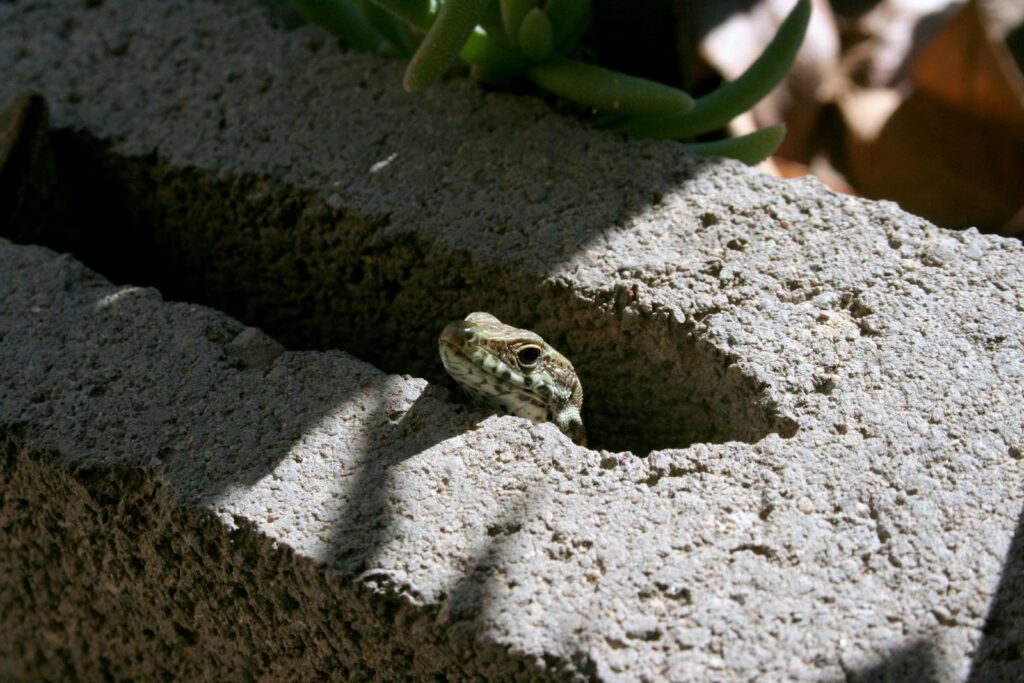
Preventing stress is far easier than treating its consequences, making proactive habitat management essential for every lizard owner. Ensure your lizard’s enclosure provides appropriate temperature gradients with both basking areas and cooler retreats, verified with accurate thermometers rather than relying on touch or preset thermostat settings. Humidity levels should be monitored with hygrometers and maintained within the species-specific optimal range. Provide multiple hiding spots in both warm and cool areas of the enclosure so your lizard can feel secure while still regulating its temperature. Consider the natural habitat of your species—arboreal lizards need vertical climbing space, while terrestrial species need adequate floor area to explore and exercise. Position enclosures away from high-traffic areas, loud speakers, or locations where predatory pets frequently pass by. Regular, gentle handling sessions can help build trust with many species, but always respect your individual lizard’s tolerance levels and body language cues.
Conclusion
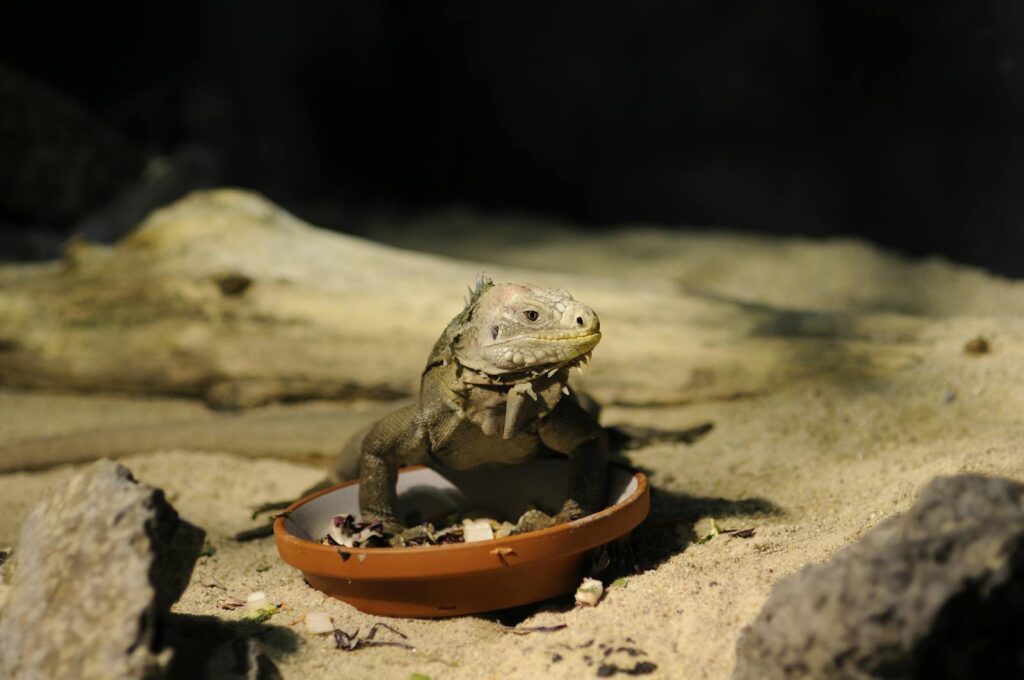
Learning to recognize the subtle signs of stress in your pet lizard requires patience, observation, and a willingness to see the world through your reptile’s eyes. By understanding their natural behaviors and being attentive to changes in activity, appetite, appearance, and body language, you can intervene early when problems arise. Remember that lizards evolved to hide weakness as a survival strategy, making your role as an observant caretaker crucial to their wellbeing. Most stress issues can be resolved by adapting their environment to better meet their specific needs, whether that means adjusting temperatures, providing more secure hiding places, or reducing handling frequency. Your attentiveness to these subtle cues can make the difference between a thriving companion and one suffering in silence, allowing you to enjoy many healthy years with your remarkable reptilian friend.

